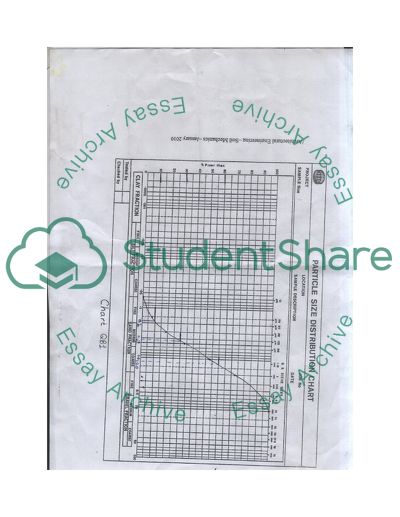Cite this document
(“Soil Mechanics Exercises Math Problem Example | Topics and Well Written Essays - 2500 words”, n.d.)
Retrieved de https://studentshare.org/engineering-and-construction/1390534-soil-mechanics-exercises
Retrieved de https://studentshare.org/engineering-and-construction/1390534-soil-mechanics-exercises
(Soil Mechanics Exercises Math Problem Example | Topics and Well Written Essays - 2500 Words)
https://studentshare.org/engineering-and-construction/1390534-soil-mechanics-exercises.
https://studentshare.org/engineering-and-construction/1390534-soil-mechanics-exercises.
“Soil Mechanics Exercises Math Problem Example | Topics and Well Written Essays - 2500 Words”, n.d. https://studentshare.org/engineering-and-construction/1390534-soil-mechanics-exercises.


